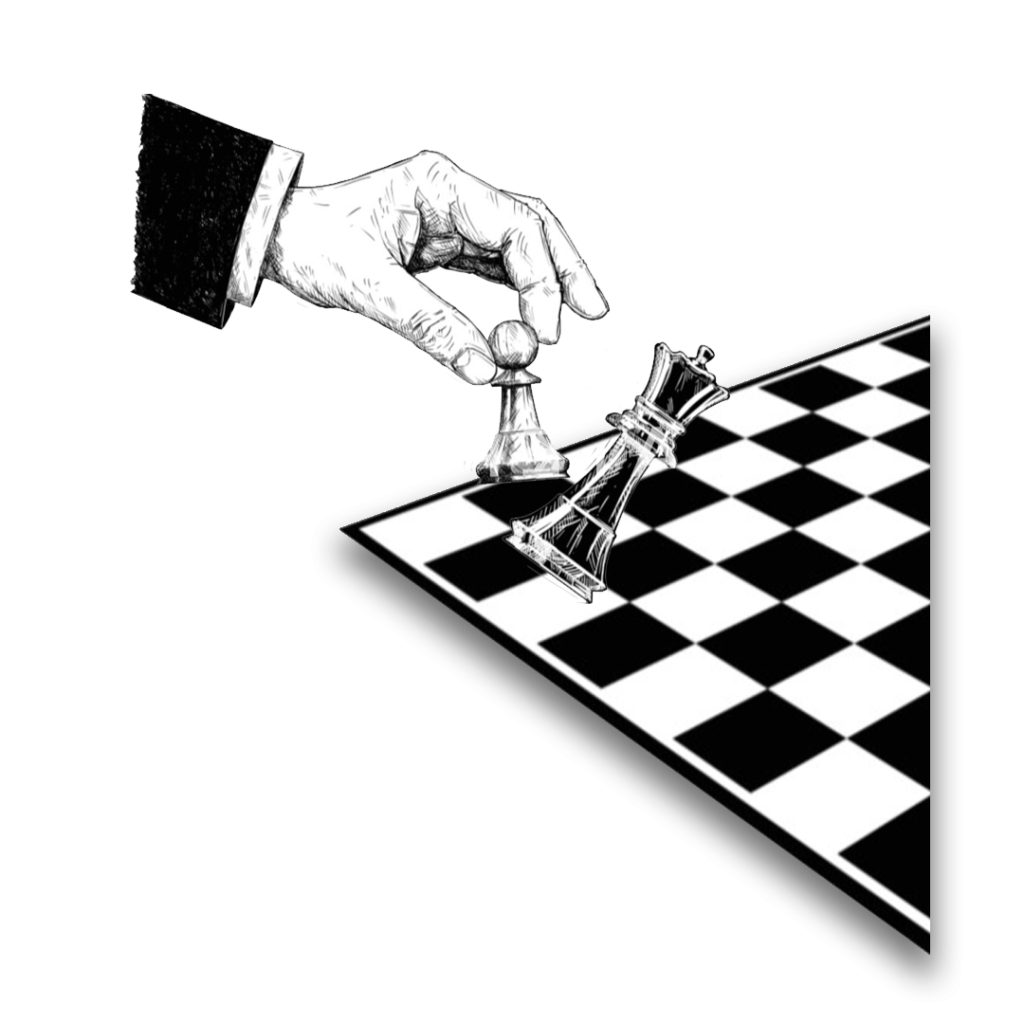
Have you ever stopped to think about how your deepest fears might be influencing your life? Sometimes, it could even be a fear of failure, rejection, or public speaking for that matter. This way, the choices we make and our conduct are drastically affected by these worries. In most cases, people’s personalities are developed as a result of various encounters that dictate their presentation before others. These experiences, whether good or bad, can be described as “memory traumas”– lingering memories that define our fears and actions.
In the chapter four of my book, “The Dynamic Pattern in the Infinite Circle – An Introduction to Ethnocide,” I emphasize how fear, which is a part of life that humans are born with, can have great impact on our lives. It is an emotional response to perceived threats or dangers and serves as a protective mechanism designed to help us avoid harm. People’s fears can range from physical threats to social fears and abstract thoughts. Studies have shown how fears can be acquired through direct experiences, observation and cultural influences. For instance, one might fear dogs after being bitten by one or fear public speaking after seeing someone struggling with this. Moreover, these fears may also be passed on through cultural beliefs and traditions such as fear of certain types of food or superstitions. These fears can hugely affect a person’s life by altering his/her behavior and decision-making. For example, people with aviophobia would avoid planes while those who suffer from glossophobia will try never to speak in front of big audiences at any cost.
Fear in Relation to Personality
Chapter four of the book, “The Dynamic Pattern in the Infinite Circle – An Introduction to Ethnocide,” points out that much academic work has been done on fear concerning personality. Some studies have concentrated on various forms of fears individuals might have, like fear of failure (Brown & Leary, 2016), fear of the unknown (Van den Berg & Fearnley, 2018), fear of rejection (Leary & Rose, 2010), and fear for vulnerability (Brown, 2014).
Fear is considered as one aspect that can shape someone’s personality by influencing how they act, think, or feel about it (Davis & Whalen, 2001). People with higher extents of fear mostly have more neurotic and anxious types of personalities, while those with lower levels are usually confident and willing to try new experiences (Goldberg, 1993; Watson, 1984). As a result, research shows that fear may be an important factor affecting an individual’s personality and conduct. The knowledge about various types and impacts of fears on personalities can assist people in dealing with their fears better so as to develop their personalities into more rounded and healthier ones.
How Fear Influences Behavior and Decision-Making
Fear is a powerful emotion that can provoke the body into a “fight or flight” reaction, increasing the release of adrenaline and cortisol. This response might lead to avoidance behaviors that can prevent people from engaging in certain things or having some opportunities, thereby making their lives worse off. In other words, “The Dynamic Pattern in the Infinite Circle” highlights fear as a possible cause of impulsive actions, danger, and rashness. Furthermore, how people present themselves to others is also influenced by fear; some would hide their fears to maintain a specific image, while to others, it becomes a source of strength and motivation.
Physiologically, fear has effects like elevated heart rate, blood pressure, sweating among other changes in hormone levels and immune system functioning. These bodily responses make a person more emotional and less logical, leading to poor decision-making capabilities. The psychological effects of being afraid involve anxiety, worry, and tension that hampers their ability to think clearly and make sound decisions. Avoidance behavior is another effect of fear where an individual wants to avoid any circumstances that would bring about his/her fears so as to reduce anxiety.

Fear Theory in the Context of the Dynamic Pattern of the Infinite Circle
Fear theory as discussed in my book, “The Dynamic Pattern in the Infinite Circle – An Introduction to Ethnocide,” fear occurs more among those closer to the center of the circle due to the impacts of outward signals. While individuals farther from the Centre are those who are self-reliant experience less fear. Cultural factors play a role in determining an individual’s position and fear within a society. For instance, if an individual is brought up in a community valuing independence, he or she may experience less fear while someone in a community valuing conformity and dependence may fear more.
Fear can be also influenced by traits such as anxiety or risk aversion. This might cause problems for them such as reduced social support, increased avoidance behaviors and decreased problem-solving skills too when it comes to dealing with their fears. In the dynamic pattern theory of the infinite circle, fear is an indication of one’s place inside this circle at any given point over time.
Analysis of the Play ‘Oedipus’ According to the Discussed Theories
Fear of fear is what makes Oedipus do everything he does in the play “Oedipus”. Once, living in Corinth, the protagonist fled from that place being afraid that his destiny would come true and he would kill his father and marry his mother. This is why people tend to move away from their phobias – it is easy to ascertain where they are most intense. He must run towards the periphery because signals are strongest at the epicenter of a circle; this theory suggests that fear operates as an index which one tries to put behind himself. It also shows how difficult it can be for someone to overcome or escape from such a feeling since it shapes one’s identity and actions.
Chess theory, dynamic pattern of an infinite circle and signal theory has been used to interpret fear in this play. Indeed, therefore, fear plays a vital role in determining characters behaviors thus reflecting power inherent in fear as it influences one’s character and deeds.

The Role of Fear in Everyday Life
Fear is important in everyday life since it assists us in recognizing and responding to eventualities that could be harmful. Fear can also become irrational or excessive thereby affecting negatively one’s behavior and decision making. According to the theory of fear, an individual can either end up in the center (impulsive and reactive behavior) or on the outer rim (strategic and calculated behavior). This will depend on one’s personality type and how well they can control their fear.
In real life, fear can take different forms including things like public speaking or flying fear. The theory of fear is important when it comes to shaping behaviors as it enables people steer through their lives with direction. Understanding how fear shapes behaviors are crucial for better navigation as well as making well informed choices.
My book “The Dynamic Pattern in the Infinite Circle – An Introduction to Ethnocide.” offers readers valuable insights into the complex patterns that govern human actions, thus enabling them to change their lives by having a greater understanding of themselves. When individuals embrace this concept of fear, they are able to use it constructively in order to effect positive changes in their own lives by navigating them better.
References
Brown, B. (2014). The fear of vulnerability: Understanding and overcoming the barriers to intimacy. Journal of personality and social psychology, 107(4), 678
Brown, M. A. & Leary, M. R. (2016). The nature and dynamics of fear of failure. In Handbook of fear and anxiety (pp. 289-311). Springer, Cham.
Davis, M., & Whalen, P. J. (2001). The amygdala: Vigilance and emotion. Molecular Psychiatry, 6, 13-34.
Goldberg, L. R. (1993). The structure of phenotypic personality traits. American Psychologist, 48(1), 26-34; Watson, D., & Clark, L. A. (1984). Negative affectivity: The disposition to experience aversive emotional states. Psychological Bulletin, 96(3), 465-490.
Leary, M. R., & Rose, J. D. (2010). Fear of rejection and social anxiety: A meta-analysis. Perspectives on Psychological Science, 5(2), 113-131.
Van den Berg, A. D., & Fearnley, S. (2018). Uncertainty and fear of the unknown: A review of research and applications. Current Directions in Psychological Science, 27(2), 115-121.
